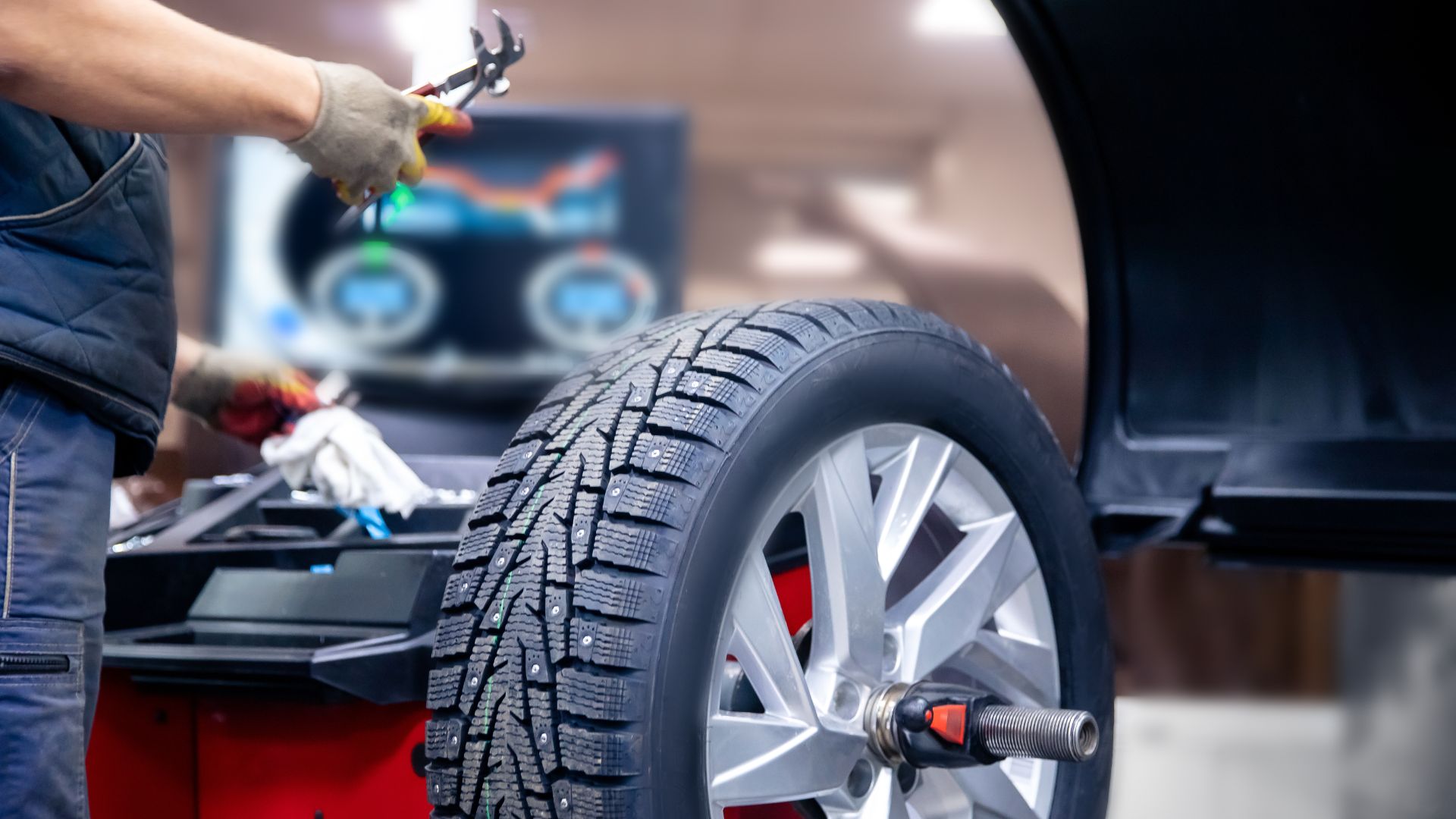Dynamic balance definition and meaning

Dynamic balance is the process of equalizing the distribution of mass around a wheel or tire’s rotational axis. This ensures that there is no unbalanced force acting on the wheel or tire as it rotates, which can cause vibration and premature wear. The dynamic balance process involves attaching weights to the wheel or tire at specific points to offset any imbalance. Once the weights are in place, the wheel or tire is spun at high speed to verify that the balance is correct.
Dynamic balance is important for both wheels and tires because an imbalance can cause vibration and premature wear. When a wheel or tire is out of balance, it creates an imbalanced force that acts on the rotation axis. This can cause the wheel or tire to vibrate, which can lead to premature wear and tear. To avoid this, it is important to ensure that the wheel or tire is properly balanced before use. The best way to do this is to have a professional perform the dynamic balance process. However, if you are experienced with balancing wheels and tires, you can do it yourself.
The dynamic balance process involves attaching weights to the wheel or tire at specific points to offset any imbalance. Once the weights are in place, the wheel or tire is spun at high speed to verify that the balance is correct. If the wheel or tire is still out of balance, additional weights may be needed. Once the wheel or tire is correctly balanced, it can be used without issue.
If you notice that your wheels or tires are out of balance, it is important to have them balanced as soon as possible. This will help prevent premature wear and tear, and ensure that your wheels and tires last for as long as possible.